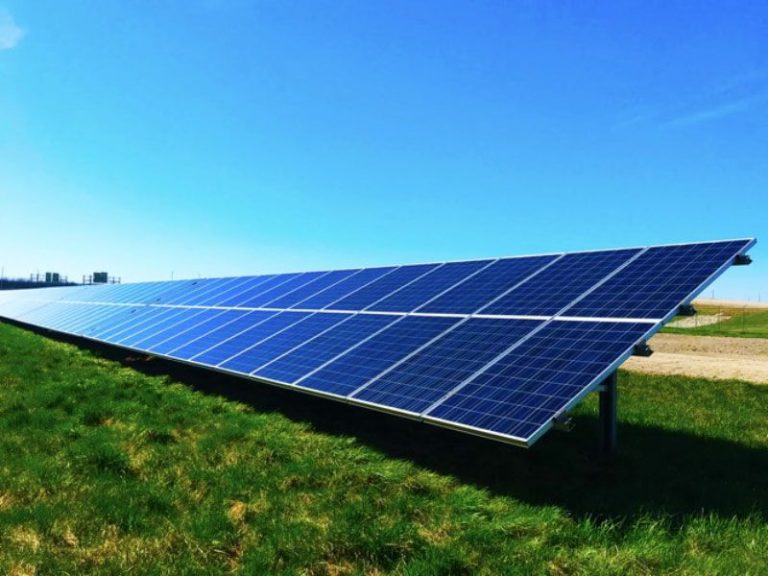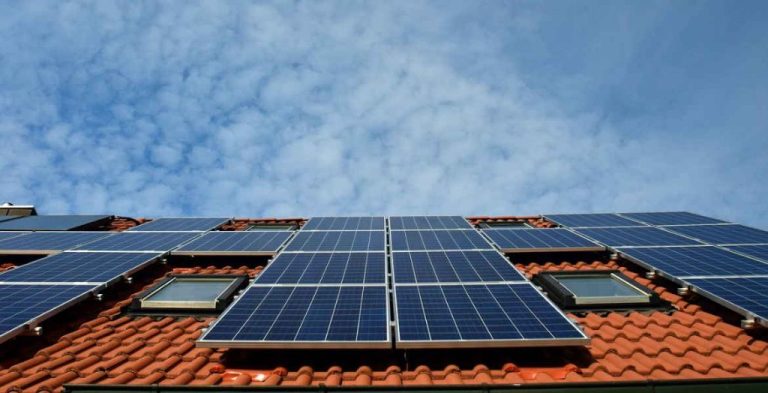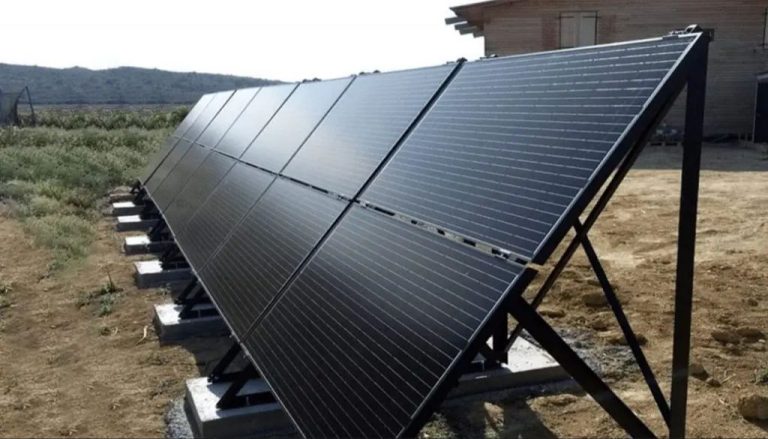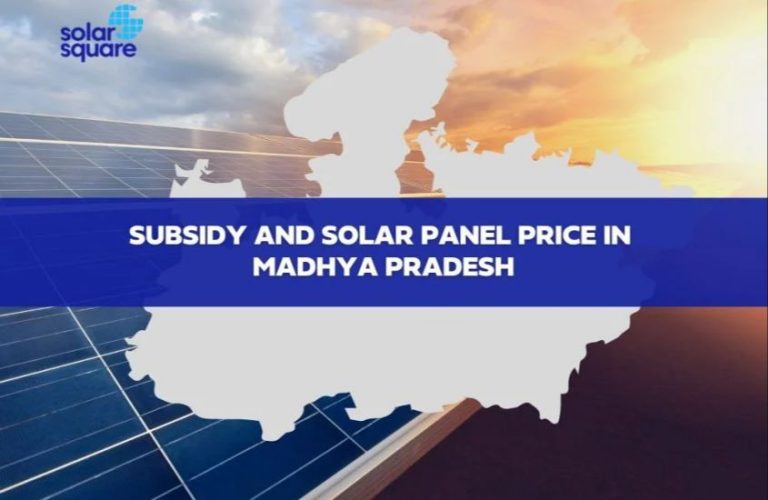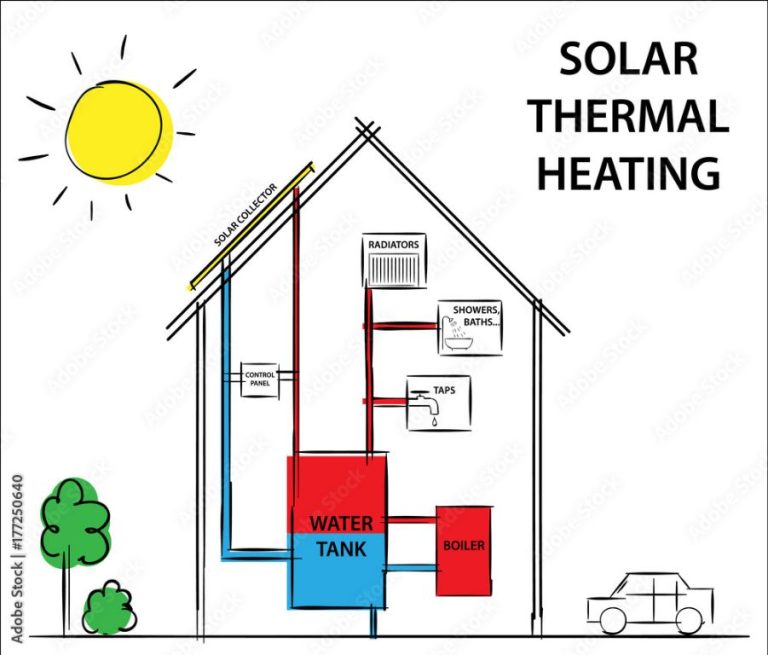What Is Pv Cells In Solar Energy?
Photovoltaic (PV) cells are devices that convert sunlight directly into electricity. The term “photo” means light, while “voltaic” refers to producing electricity. A PV cell is made up of one or more layers of semiconductor material, most commonly silicon. When sunlight strikes the cell, the absorbed light energizes electrons in the semiconductor material, knocking the electrons loose and allowing them to flow freely.
The earliest research into PV technology began in the 1800s, but the first truly useful PV cell was developed in 1954 by researchers at Bell Labs. This cell was made of silicon and had an efficiency of around 6% in converting sunlight to electricity. Throughout the 1960s and 70s, PV technology continued improving as the space industry adopted it for powering satellites. In the decades since, PV panels have become a common sight on rooftops, calculator tops, road signs, and more as an eco-friendly way of harnessing the abundant power of the sun.
When sunlight enters a PV cell, photons from the sunlight knock electrons loose in the cell’s semiconductor material. The freed electrons flow through the material to produce an electric current. The current flows out through conductive plates on the cell, with the electrons moving to one plate (giving it a negative charge) while the “holes” they leave behind carry a positive charge to the other plate. Wires connect the two plates to form a circuit, allowing the current to power an external load.
How PV Cells Work
Photovoltaic cells, also called solar cells, work through the photovoltaic effect. When photons from sunlight hit the solar cell, they transfer their energy to the semiconductor materials in the cell. This energy knocks electrons loose, allowing them to flow freely.
PV cells are made of semiconductors, usually silicon. Semiconductors have a unique property where they can act as both an insulator and a conductor of electricity. In their natural state, semiconductors have a balanced number of electrons and “holes” (spaces where electrons could go). However, when energy is added, such as from sunlight, it breaks this balance.
Solar cells have two layers of semiconductor material. The top layer has an abundance of electrons while the bottom layer has an abundance of holes. Where these two layers meet is called the p-n junction. The difference in electrons and holes creates an electric field across the junction.
When sunlight hits the solar cell, the energy knocks electrons free in the top layer. The electric field then pushes these electrons out of the cell into an external circuit, creating an electrical current. This entire process, from photons hitting the cell to electricity generation, is called the photovoltaic effect.
PV Cell Materials
The most common material used in photovoltaic cells is silicon. Silicon PV cells can be categorized into three main types:
Monocrystalline Silicon
Monocrystalline silicon, often shortened to mono-Si, is made from pure crystalline silicon ingots. Mono-Si PV cells have a distinctive look with perfectly square cells. They tend to be more efficient than other silicon-based PV cells but are more expensive to manufacture.
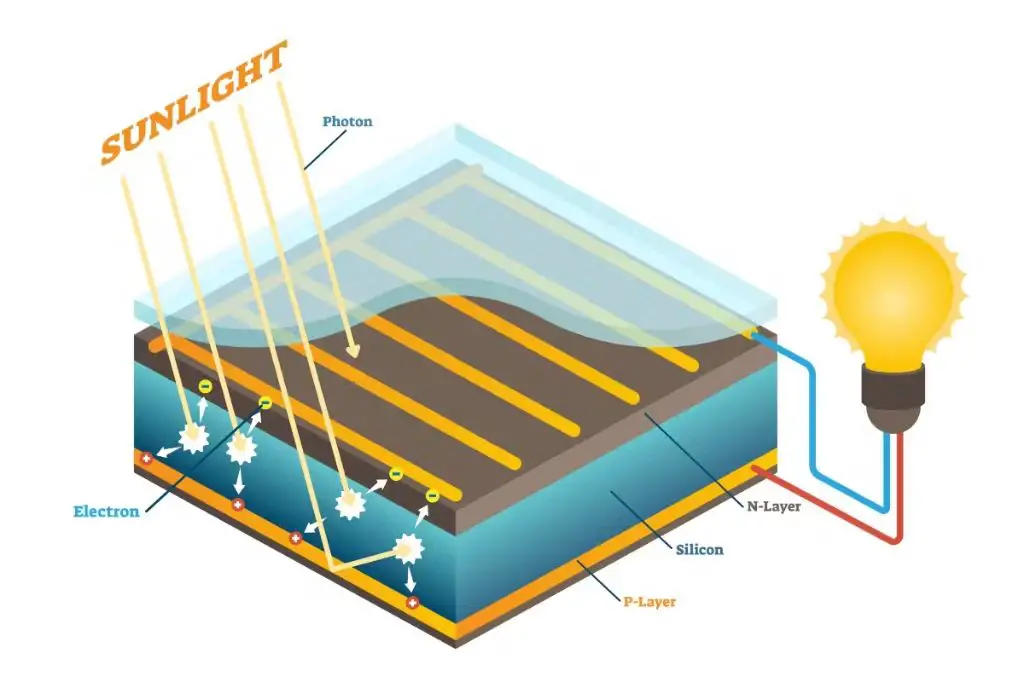
Polycrystalline Silicon
Polycrystalline silicon, or multi-Si, is made from melted and recrystallized silicon fragments. The random crystal orientations result in a speckled blue appearance. Poly-Si PV cells are less expensive but also slightly less efficient than mono-Si.
Amorphous Silicon
Amorphous silicon (a-Si) has a non-crystalline structure with silicon atoms in a thin homogenous layer. This makes a-Si PV cells easier and less energy-intensive to produce. However, their efficiency degrades faster than crystalline silicon PV cells.
Beyond silicon, some other PV cell materials include:
Cadmium Telluride (CdTe)
Cadmium telluride is a thin-film PV material that absorbs sunlight well. CdTe PV cells have lower efficiencies than silicon but are less expensive.
Copper Indium Gallium Selenide (CIGS)
CIGS is another thin-film PV material made from copper, indium, gallium, and selenide. CIGS cells can reach reasonably high efficiencies while using very thin absorber layers.
Gallium Arsenide (GaAs)
Gallium arsenide is used for ultra high-efficiency PV cells, but the material is costly to produce. GaAs is more often used in concentrator photovoltaics and space applications.
PV Cell Efficiency
The efficiency of a PV cell refers to what percentage of the sunlight shining on the cell is converted into electricity. In lab settings under ideal conditions, researchers have set records for maximum PV efficiency. For example, for crystalline silicon cells, the record lab efficiency is 27.6%. For thin-film cells, lab records range from 13.4% (CdTe) to 23.3% (CIGS).
However, commercial PV modules on the market typically have lower efficiencies than these lab records. The average efficiency of silicon modules is 14-19%, while thin film modules range from 7-13%. There are several factors that account for this difference between lab and commercial efficiencies:
- Defects and impurities during manufacturing reduce efficiency.
- Mass production techniques are less optimized than lab setups.
- Commercial cells use cheaper, lower-purity materials.
- Commercial cells are larger, resulting in more electrical resistance.
- Commercial modules aren’t kept at optimal operating temperatures.
By optimizing manufacturing processes and cell design, researchers continue to find ways to increase the efficiency of PV modules and close the gap with record lab efficiencies.
PV Cell Manufacturing
The manufacturing of photovoltaic (PV) cells is a complex process involving several steps. Here is an overview of the key stages involved in manufacturing crystalline silicon PV cells, which currently dominate the market:
Purification – High purity silicon is required for efficient PV cells. Metallurgical grade silicon is refined and undergoes processes like chemical leaching and distillation to reach the necessary purity levels.
Crystal growth – The purified silicon is then melted and grown into cylindrical ingots or blocks using techniques like the Czochralski process or Float Zone method. This yields high quality monocrystalline or multicrystalline silicon.
Wafer cutting – The silicon ingots are sliced into very thin wafers about 0.2mm thick using advanced wafer saws. This wafer cutting process generates sawing waste.
Cell fabrication – The silicon wafers undergo texturing, cleaning, diffusion, anti-reflective coating and metallization to form the p-n junction and electrodes required to function as a PV cell. Testing and sorting is also done.
Automation and process optimization has increased manufacturing efficiency and reduced costs. But there are still challenges involved in producing affordable, high efficiency PV cells at scale.
PV Modules
PV modules, also known as solar panels, are an assembly of interconnected PV cells encased in a supporting frame with a glass covering on the sun-facing side. The main components of PV modules are:
Encapsulation
The PV cells are encapsulated between layers of ethylene-vinyl acetate (EVA) or another transparent polymeric material. This encapsulant seals and electrically insulates the cells while protecting them from moisture, mechanical stress and other environmental factors.
Wiring
Fine interconnect ribbons made of materials like copper or silver connect the individual PV cells into strings and then connect multiple strings in series or parallel. This wiring allows the PV cells to work together as a module and output higher voltages.
Laminates
The EVA encapsulant and wiring are sandwiched between an anti-reflective glass cover plate on the front and a polymer backing sheet (usually polyvinyl fluoride or polyester) on the back. This laminate provides environmental protection and physical support.
Framing
An aluminum frame bonded to the laminate provides additional mechanical support, allows for ease of installation, and may assist with electrical grounding.
Applications of PV Cells
PV cells have many applications that take advantage of their ability to convert sunlight directly into electricity. Some of the main applications of PV cells are:
Grid-tied systems
Most residential and commercial PV systems are connected to the utility grid. These grid-tied systems feed excess solar power into the grid, reducing electricity bills. Any additional power needs are supplied by the utility company. Grid-tied systems with net metering can allow PV system owners to get credit for excess power produced.
Off-grid systems
PV systems can also be installed off-grid, where there is no connection to the utility grid. These off-grid systems require batteries to store excess solar energy for use at night. Off-grid PV systems are commonly used for remote facilities like communications towers, rural homes, and automotive charging stations.
Solar vehicles
PV cells can directly convert sunlight into electricity to power electric vehicles. Solar cars often have PV cells integrated into their body or roof to extend driving range. PV panels on hybrid vehicles can charge the batteries that provide power when sunlight is unavailable.
Spacecraft
PV cells are the most practical way to power satellites and spacecraft. They can reliably generate electricity for decades as long as the cells are exposed to sunlight. NASA and SpaceX rely extensively on PV panels to power operations aboard spacecraft.
Cost of PV Cells
The cost of photovoltaic cells has decreased significantly in recent years, making solar power more affordable and accessible. There are two main costs associated with PV cells – manufacturing costs and installation costs.
Manufacturing costs have declined enormously thanks to economies of scale and improvements in efficiency and technology. Between 2009 and 2019, the average price of PV modules dropped around 90%. Many experts predict the costs will continue to fall as production volumes increase and new innovations emerge.
Installation costs can vary greatly depending on system size, location, and complexity. But like manufacturing costs, installation costs have also fallen over the past decade. The median price of residential solar panel installation in the U.S. is around $3 per watt. Commercial and utility-scale installations can be below $1 per watt.
Going forward, analysts forecast that prices will continue to decrease but at a slower pace than the dramatic drops seen in the past. Improved production techniques, lower material costs, and streamlined supply chains will push costs down further. Government incentives can also help spur adoption and scale to reduce PV costs over time.
Environmental Impact
The environmental impact of photovoltaic (PV) cells is an important consideration as solar power grows as an energy source. There are several key factors to examine:
Energy Payback Time
This refers to the amount of time a PV system must operate to generate the same amount of energy that went into manufacturing it. Modern PV panels have an energy payback time of 1-4 years. After this period, they generate net clean energy.
Greenhouse Gas Emissions
PV cells generate electricity without any greenhouse gas emissions during operation. However, there are emissions associated with manufacturing and transportation. Still, lifecycle analyses show PV emits far lower emissions per kWh than fossil fuels.
Toxicity and Recycling
PV cells contain some toxic materials like lead and cadmium. Proper recycling can reclaim these materials, with some panels achieving 80-90% recyclability. Work is also underway to reduce toxicity of new solar panels. Overall, PV waste is minimal compared to other energy sources.
Future of PV Cells
PV cell technology is rapidly advancing and has an exciting future ahead. Researchers are exploring new materials and designs that can boost efficiency and lower costs even further.
Perovskites are emerging as a promising new material that could achieve higher efficiencies than traditional silicon cells. Perovskite cells have already reached efficiencies over 25% in lab tests. With more development, perovskites may become a major player in large-scale PV cell production.
New tandem cell designs that stack multiple materials are also being researched. These tandem cells could potentially push efficiencies up to 50% or more by utilizing a broader spectrum of light.Companies are also working on improving manufacturing techniques to produce more efficient silicon cells at even lower costs.
As PV cell technology continues improving, solar is projected to play a major role in the global transition to renewable energy. With costs decreasing and efficiencies increasing, solar PV could account for over 15% of worldwide electricity generation by 2030. The future is bright for these cells that turn sunlight into electricity.

